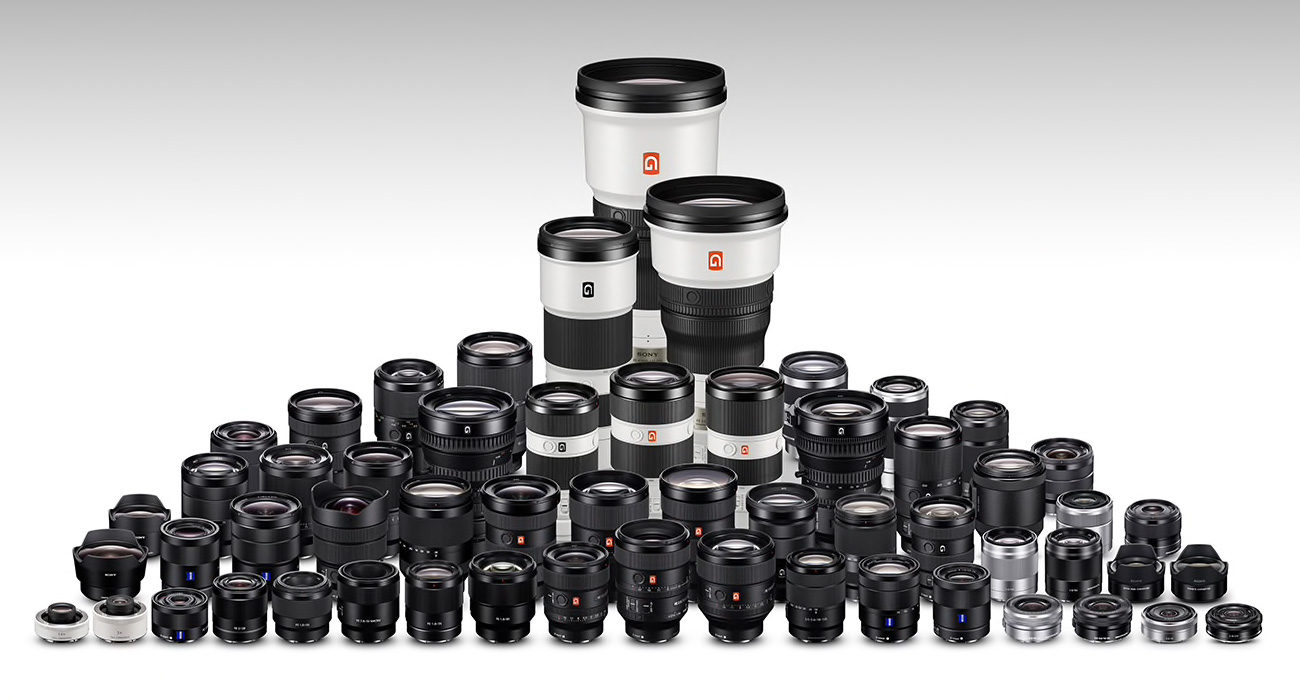Why Some Lenses Expensive?
Many of you might be thinking why some lenses are too much expensive compared to others, even though their focal length is the same or sometimes there is no standard focal length.
Basically, most of the companies have categorised their lenses into three major once.
- Consumer Grade Lenses
- Enthusiast Grade Lenses
- Professional Grade Lenses
- And the fourth one you can consider as a special purpose lens.
I will talk little about these grades:
The main difference between these grades is not only the cost but the built into a lens, technology used by manufacturers to build this kind of lenses. You can take an example of Nikon 80-200mm F/2.8 sold very cheap compared to Nikon 70-200mm F/2.8G VR II, here the major difference is a technology which they have incorporated that’s VR.
Consumer Grade Lenses:
Most of all affordable lenses with a variable aperture which starts with f/3.5 or slower aperture and some cheap f/1.8 prime lenses. Which are generally made out of the plastic build and even a plastic mount to reduce production cost? And most often designed and manufactured for crop-sensor (DX size sensors) and sometimes higher quality consumer lenses with superzoom capacity and some of the common lenses. Here are some the examples from Nikon and Canon and those are such as Nikon 18-55mm F/3.5-5.6G VR DX, Nikon 55mm /F 1.8 or Canon 50mm F/1.8. The typical cost of such lenses is 10,000 to 25,000 INR.
Enthusiast or Amateur Grade Lenses :
It’s an in-between lens where you get some features of Pro level and priced according to. Basically, these lenses are good built compared to a consumer-grade lens with constant level aperture & Nikon 70-200mm F/4G VR and Canon 70-200mm F/4 IS UMS are the great example of this grade lens.
Professional Grade Lenses:
These lenses are the great state of engineering art and come with high-end constant aperture and well-built body. Yes, there are full-frame lenses and generally, you find constant aperture of F/2.8 or F/4 throughout the focal length. Canon 70-200mm F/2.8I USM and Nikon 70-200mm F/2.8G VR are the great examples of it and cost are very high.
Special purpose lenses:
Expensive, Expensive Just Expensive, Most of the time these type of lenses are handcrafted, manual focus, special mount and build. Here I’m going to tell you why pro lenses are expensive
Here I’m going to tell you why pro lenses are expensive compared to consumer-level lenses than discussing these categories of lenses. Now here you go why and what makes pro lenses so costly. Here is a small list of points which will explain why they are costly.
Quality of Components & Production Costs to achieve that:
One of the major reason for the high cost of such lens is production cost and high-quality standard set by companies who manufacture lenses. Very high-quality assurance throughout the manufacturing process starting from raw material to final product. Multiple checks point my machine and human elements, 0.0001% failure turn into a rejection of the final product.
Optical Design: Pro lenses are designed with very much complex optical formulas to enter
Pro lenses are designed with very much complex optical formulas to enter the right amount of light and produce 100% quality image. If we talk about optical design between two of the lenses between consumer and pro lenses, below design will make you understand why they are like that.
Lens Elements and Coating: Different optical design, there
Different optical design, there is a big difference in the type of lens elements used within lenses TO control aspherical, fluorite and extra-low dispersion lenses elements cost a lot more and you might see a lot of such elements are used in professional lenses. Most of the lenses are made with special coasting of Nano Crystal Coat, Super Integrated Coating that improves lens performance dramatically in terms of sharpness, contrast ratio, reflections colour, reduce ghosting and sun flare.
Image Quality (Colour, Sharpness and Contrast):
Thanks to complex optical design and optical engineering prime/pro lenses are excellent in image quality such as sharpers and contrast. There will be special attention given to such characteristics. The advanced optical design of pro lenses makes your image superb in colour.
Autofocus Speed: Consumer-grade lenses come with slow autofocus and that due to mainly because of motors that are often inadequate for fast action shots. Professional lenses, on the other hand, and they typically come with very fast autofocus motors that snap subjects into focus almost immediately.
Fixed Lens Size:
Generally, most of the consumer and some entry-level pro lenses change in size go in or out) when you go with zooming in and/or focusing and this creates an issue to use filters with such lenses (with rotating front elements), And they are also prone to potentially malfunction or break sometimes if you don’t handle it properly or some optical elements may shift over time, which can significantly affect sharpness, contrast and overall image quality.
Construction:
Consumer/Semi-Pro Grades lenses are not designed to handle bumps, drops and other type of abuse. Try to drop one of your lenses and you might as well buy a new lens, as it might cost more to try to repair lenses. Plastic parts break easily or dislocate when they fall or get hit by. Pro lenses are really built to withstand a lot of abuse or used in worst conditions.
Weather Sealing:
This is a very big difference is in weather sealing in Consumer-grade and Pro-grade lenses. All-Pro lenses made with tough construction and are mostly sealed against dust and moisture and that makes them perform continue in extreme temperatures, humidity and even rain sometimes. That does not mean Consumer lenses are without protection but they do not have the same level of protection and they are much more prone to accumulating dust, moisture and fungus over time.
Weight:
Weight! Yes, all Pro lenses are heavy in weight same as their cost as all lenses are manufactured with the use of metal on lenses can significantly increase their weight and it is not always a bad thing as heavier lenses balance better on pro-level DSLRs.which are anyway heavy than consumer-level DSLRs.
Hope this might help you to understand why professional lenses are so much more expensive than consumer lenses.


No Comments